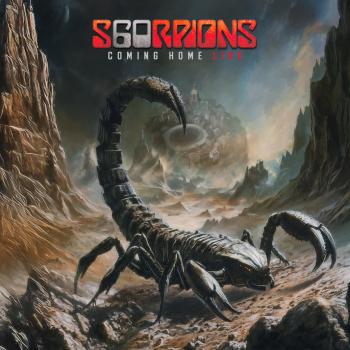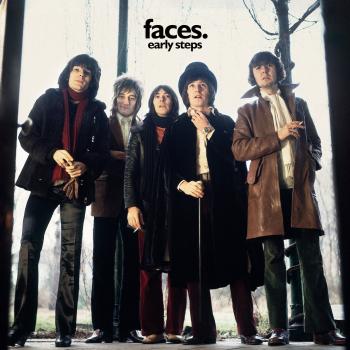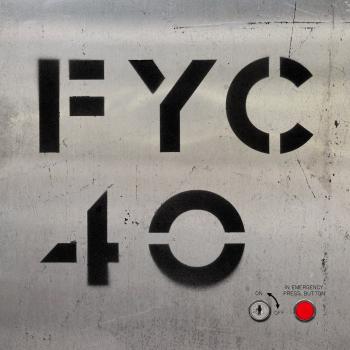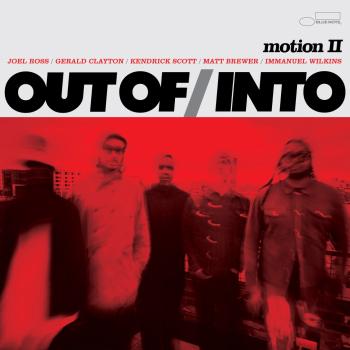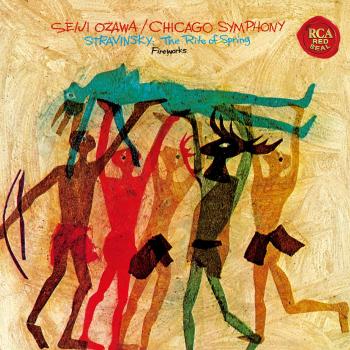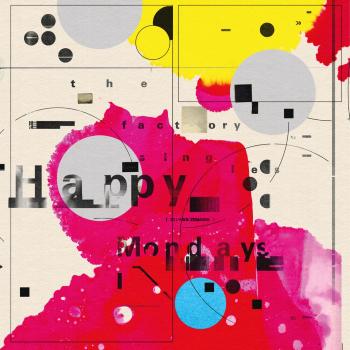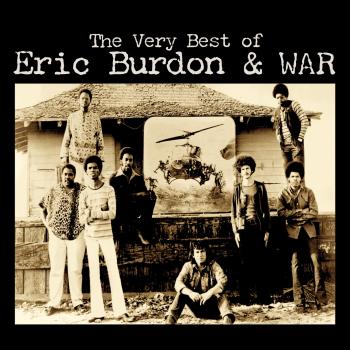
Duet (Remastered) Earl Hines & Jaki Byard
Album info
Album-Release:
1975
HRA-Release:
18.11.2015
Album including Album cover
- 1 A Toodle-Do, Toodle-Do 05:51
- 2 This Is Always 03:26
- 3 Rosetta 04:49
- 4 I Can't Trust Myself Alone 05:15
- 5 Sweet Georgia Brown 02:53
- 6 As Long as I Live 05:48
- 7 Genoa to Pescara 06:15
- 8 La Rosita 04:17
Info for Duet (Remastered)
Earl Hines is seen as the “Fatha” of modern jazz piano (see Fatha and His Flock), while Jaki Byard is best known for his play on some of Charles Mingus’ greatest albums. Hines was a major influence on the 15 year younger Byard, one of the reasons Jaki had such a deep-rooted understanding for tradition. Byard’s A-Toodle-Oo, Toodle Oo is a romp with a boogie-woogie beat. Hines’ This Is Always has Earl’s and Jaki’s arpeggios flowing through this lovely ballad. The two offer up a harmonically lush version of the Hines classic, Rosetta, while I Can’t Trust Myself Alone is a Hines solo tour de force. Hines starts off the evergreen Sweet Georgia Brown rubato before the two take off on an up-tempo escapade. As Long As I Live presents a breathtaking battle between friendly giants, and Byard portrays Genoa To Pescara in an impressionistic solo. On La Rosita the two tango, exchanging lead and accompaniment with ease and grace. Two piano giants in an incomparable get-together – this is something to treasure.
Earl Hines, piano
Jaki Byard, piano
Recorded February 14, 1972 by Paul Goodman
Produced by Don Schlitten
Digitally remastered
Earl Hines
has been called the first modern jazz pianist. His style differed from other pianists of the Twenties in his use of what were then considered unusual rhythms and accents. Jelly Roll Morton had set the direction of Jazz piano in the early part of the decade, but after 1926 Hines was at the forefront of the Hot Jazz style. Hines started playing professionally around 1921 in Pittsburgh. In 1923 Hines moved to Chicago where he worked with Deppe's Seranaders, Erskine Tate's Vendome Orchestra and with Carroll Dickerson. He met Louis Armstrong in 1926, at the local musician's union hall and the two became friends. Hines worked briefly in Louis Armstrong's Stompers and along with Zutty Singleton and Armstrong tried unsuccessfully to manage their own club together in Chicago. 1928 was a productive year for Hines. He recorded his first ten piano solos including versions of "A Monday Date," "Blues in Thirds" and "57 Varieties." Hines worked much of the year with Jimmie Noone's Apex Club Orchestra. Hines joined Louis Armstrong on the Hot Five and Hot Seven recording sessions, playing on the classic "West End Blues," "Fireworks," "Basin Street Blues" and composing " A Monday Date." On his birthday that year, Hines debuted with his first big band. Earl would continue to lead his own big bands until 1948. In 1940 Billy Eckstine became the band's popular singer and in 1943 both Dizzy Gillespie and Charlie Parker were added. In 1948 Hines joined the Louis Armstrong's All-Stars and played with them for three years. In 1951, Hines moved to California and formed a Hot Jazz band to cash in on the Dixieland revival that was going on at the time. He continued the Dixieland band throughout the Fifties, but by the early Sixties, Hines was pretty much out of the Jazz mainstream and forgotten. In 1964 he staged a major comeback that lasted through the rest of his career.
This album contains no booklet.

